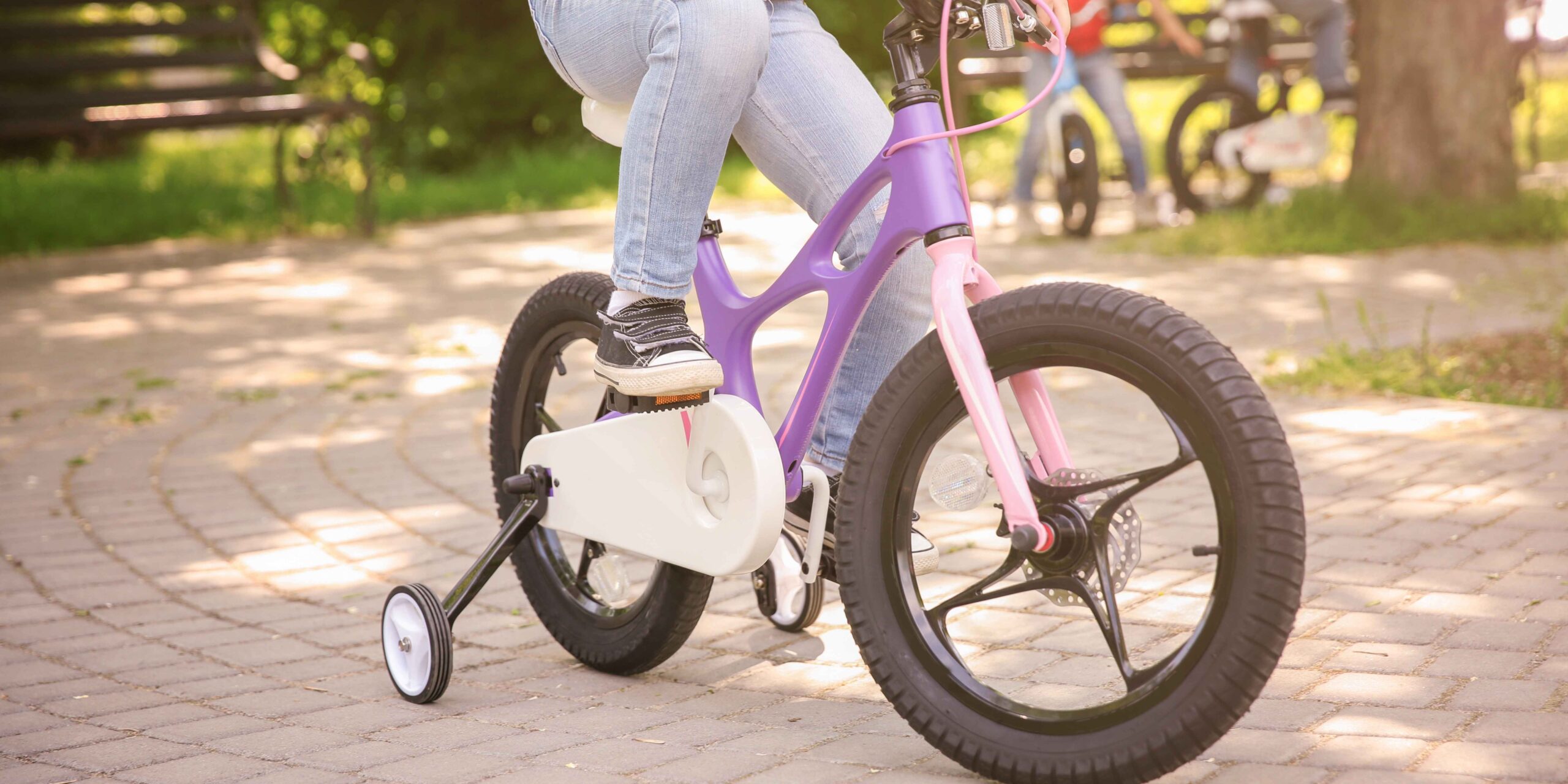This post may contain affiliate links. We may earn money from products we link to in this post.
If you’re a parent, you understand how much we want the best for our kids!
Because buying kids bikes is such a crucial part of their development, we want to make sure we get a first bike that is durable, safe, and inexpensive.
So, what are the many types of children’s bicycles?
Single-speed Bikes, Bikes with Gears, Hybrid-style Bikes, 12-14-inch Bikes, 16-inch Bikes, 20-inch Bikes, 26-inch Bikes, and Cross Bikes are all excellent choices for children.
Even if you like one bike over another, understanding why one is superior will help you make the greatest purchase for your child’s age.
Some children’s bikes are intended purely for road use, while others are intended for off-road use, and yet others are hybrids that may be used for both. As a first bicycle, you don’t want to get the wrong one.
Difference Between Pedal Bikes and Balance Bikes
First and foremost, what options are there for children’s bicycles?
You’d think it’s just a smaller version of an adult bike, but it’s not. There are numerous factors to consider when purchasing a child’s bike, but let’s start with the two most typical options: a balance bike and a pedal cycle.
Balance bikes have been increasingly popular as a child’s first bike in recent years, and with good reason. Compact pedal cycles, often with retractable stabilizers, are a more traditional option.
First and foremost, what options are there for children’s bicycles?
You’d think it’s just a smaller version of an adult bike, but it’s not. There are numerous factors to consider when purchasing a child’s bike, but let’s start with the two most typical options: a balance bike and a pedal cycle.
Balance bikes have been increasingly popular as a child’s first bike in recent years, and with good reason. Compact pedal cycles, often with retractable stabilizers, are a more traditional option.
Types Of Bikes For Kids
balance Bikes
Balance bikes have numerous advantages for children, and I believe they are one of the greatest bikes to start your youngster on. As a result, parents and children who started without a pedal bike prefer them over tricycles and training wheels/stabilizers.
Balance bikes can help children improve their confidence, control, and balance. These bikes are appropriate for children aged two to three years before moving to ordinary pedal cycles.
It’s a great option for kids who are terrified of learning to ride a bike because it allows them to steer and brake using their feet.
A child who learns to ride a balancing bike will be confidently riding a pedal bike in no time. It is critical to inspect the bike’s size, just as it is with other types of children’s bikes.
Pedal Balance Bikes
The transition from a pedalless bike to a pedalled cycle is essential, as is how well the bike fits the youngster. Keep in mind that your child’s feet must be able to fit comfortably on the ground and reach the handlebars and brake levers while seated flat on the saddle.
It will increase the children’s self-esteem by giving them more control over their cycling experience. Once they’ve mastered pedaling, they’re ready to move on to bigger bikes! Around the age of seven, they should start riding their second, larger pedal bike.
Bikes With Training Wheels
When it comes to teaching their children to ride, some parents prefer to use child-sized bikes with training wheels. It is widely considered that such bikes help toddlers and youngsters develop their pedalling, control, and balancing abilities.
Because they have stabilizers or training wheels, these bikes are claimed to assist young cyclists build confidence. As a result, if a child is eager to ride but also scared, these bikes can be beneficial.
Like BMX and cruiser bikes, these bikes have a single speed and coaster brakes. Some models, on the other hand, incorporate a rear brake that can be actuated from the handlebars.
Mountain Bikes
Kid mountain bikes have become popular due to their versatility, durability, and performance. To accommodate children’s shorter legs, the majority of ideal kid’s mountain bikes feature 24″ wheels. They have a rear suspension fork and knobby-treaded tyres for stability and cushioning. The suspension helps to reduce arm and hand fatigue.
Children between the ages of 10 and 13 should be introduced to mountain riding. However, the size of the child in question should be considered. For older children, mountain bikes with 20-inch wheels are a terrific place to start.
How Bikes Differ In Size
The size of a child’s bike is determined by two factors: the wheels and the frame. These two vital parts grow in size in lockstep with the child. However, unlike adult bicycles, children’s bicycles are frequently measured and sold by wheel size.
The smallest wheels you’ll typically see on balance bikes are tiny 12-inch wheels, which can vary up to 26 inches for select teen-oriented cycles. Sizes typically increase in two-inch increments. The frames are designed to accommodate the expanding size of the wheels as the child grows.
Getting Kids To Play Outside On Their Bikes
Cycling with children is an excellent opportunity to spend valuable time together as a family. It’s also a great opportunity to improve in fitness while exploring new regions and trails.
Learning to ride a bike is a crucial skill that every child should learn because it brings numerous benefits. While most of us understand that regular exercise is good for our health, there are several other reasons why learning to ride a bicycle is more important than ever.
It promotes children’s self-esteem and independence. Riding a bike benefits your child’s learning development, mental wellness, and physical fitness. Furthermore, choosing active transportation over driving reduces carbon emissions, traffic congestion, and parking concerns.
With reduced pollution and traffic, our cities will become greener, healthier, and less stressful places to live.
Bicycling allows youngsters to interact in novel ways with their surrounds, community, and environment. They learn about the people, geography, and landmarks of the area.
Children who spend the most of their time in automobiles are less likely to be familiar with their own neighborhoods. They may also feel an emotional disconnect from their communities.
Bottom Line
Finally, there are various types of bicycles available for children; nonetheless, you must make an informed decision. Choosing to engage the user results in an instant love and desire for the bike.
Some parents frequently ask about bike sizes for their older children. Manufacturers typically make children’s bicycles with 12″, 16″, 20″, and 24″ wheels.
There are also 14″ and 18″ kids’ bikes available for a smooth transition. To guarantee a suitable fit, always carefully measure your child’s bike size and follow the bike chart.

